Myanmar’s Irrawaddy River
by Heidi Sarna.
I finally managed my first visit to Myanmar and its Irrawaddy River last spring, after inexplicably being rejected for a visa to go in early 2011, to see some of the country’s tens of thousands of Buddhist monasteries, shrines, temples and stupas. I wasn’t disappointed.
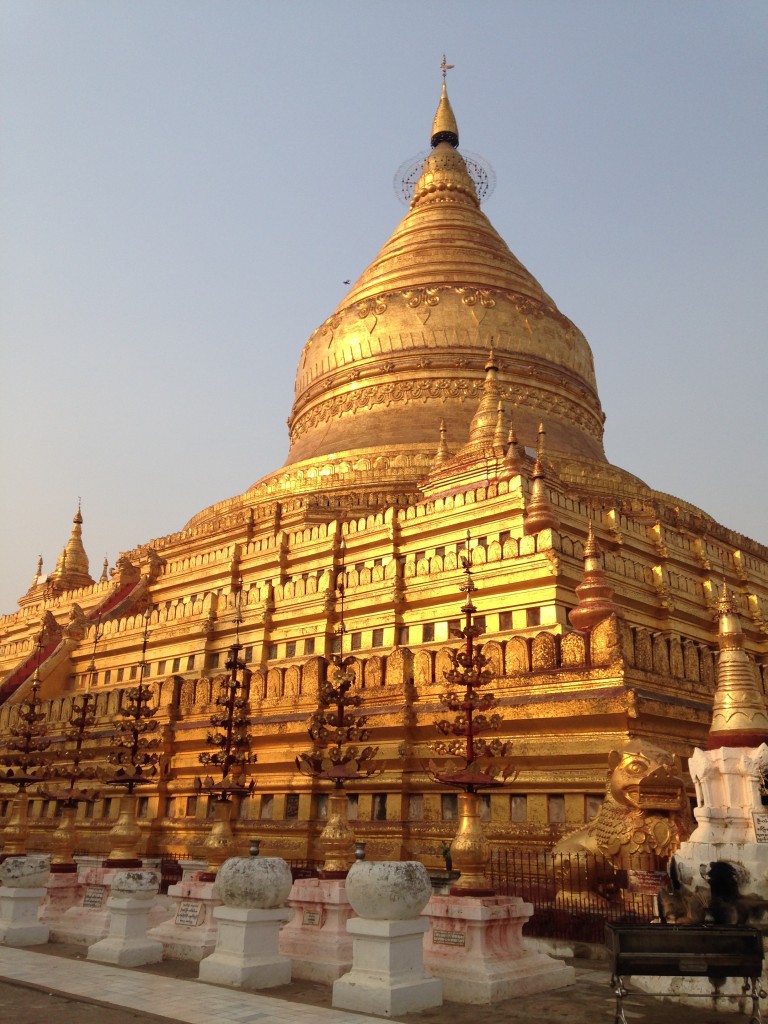
The gilded stupas and temples of Myanmar are jaw dropping. * Photo: Heidi Sarna
My friend Sheila and I booked a 7-night river cruise in April between Bagan and Mandalay aboard Pandaw River Cruises’ new 40-passenger Kalaw Pandaw, one of 13 nearly identical Pandaw boats built in Myanmar and Vietnam to cruise in Southeast Asia.
The sturdy 10- to 60- passenger teakwood boats with brass fittings are replicas of 19th-century Scotland-built Irrawaddy River paddle steamers with ultra-shallow drafts, two or three decks, and flat tops that allow them to slip under bridges and easily traverse remote rivers, even in dry season.
RELATED: Read more about Pandaw here in our line review.
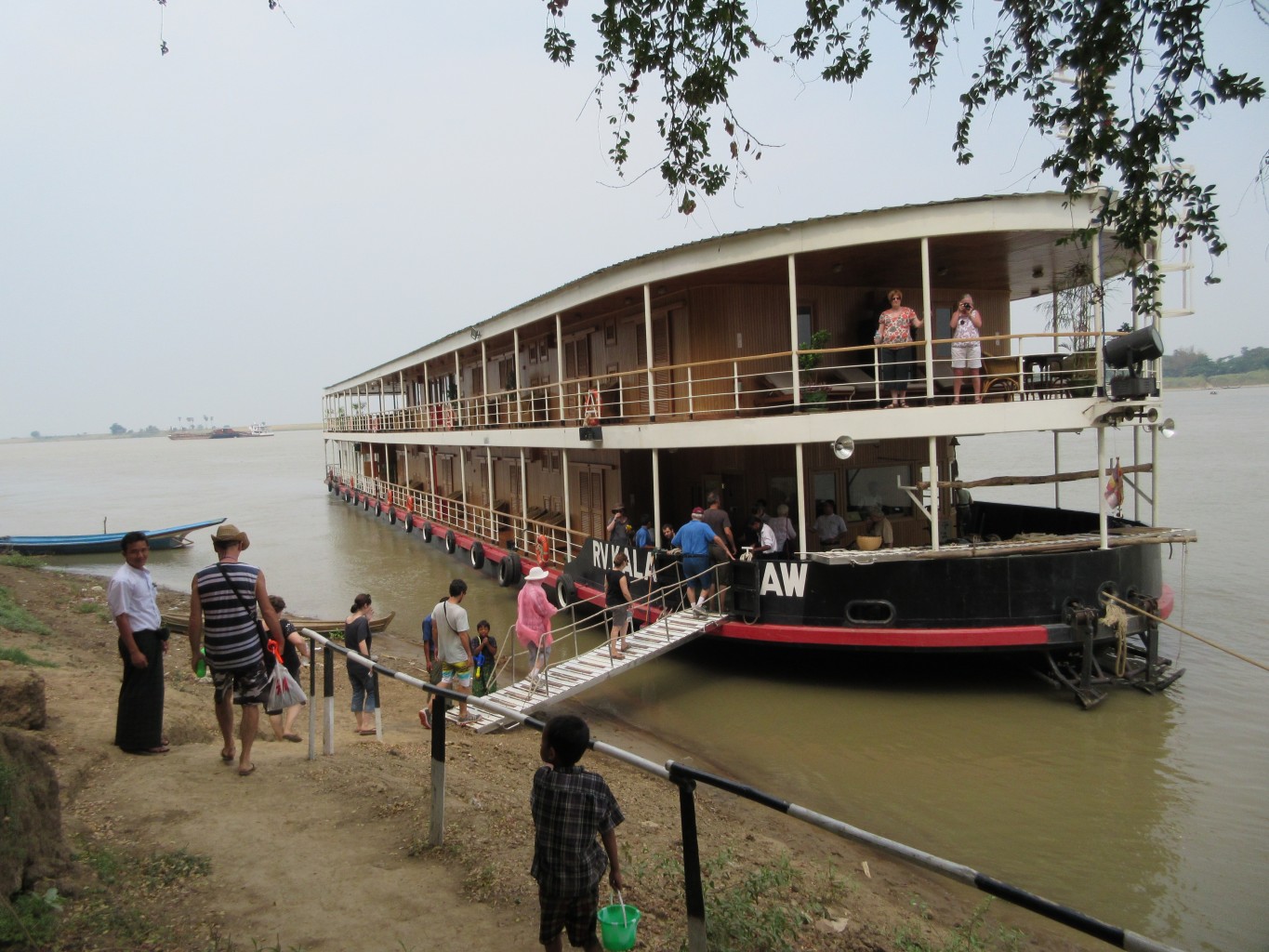
The trip to the ship. The Kalaw Pandaw tied up along the Irrawaddy. * Photo: Heidi Sarna
We flew into Mandalay and it was a four-hour drive to Bagan, where we walked down the dry banks of the Irrawaddy River, past a gauntlet of children selling bracelets and necklaces, to board the boat. A crewmember at the gangway took our shoes and cleaned them, while another handed us a cold drink and a refreshing face towel to wipe our sweaty brows.
With the boat tied up to tree trunks or stakes banged into the earth, daily life on the riverbanks was never more than a few feet away. The scent of wood-smoke hung in the air as women washed clothes along the river’s edge slapping them onto stones and oblivious to litter strewn about. Children splashed, dogs frolicked, and adults bathed in their sarongs, deftly slipping the wet ones off for clean dry ones.
The all-day soundtrack was a medley of roosters crowing, monks chanting into microphones and skiffs rattling past with shrieking outboard motors. From time to time, loud music blared from giant-sized speakers rented for celebrations and parties. Welcome to the real Myanmar circa 2015, a country in transition, albeit at the very beginning.
The beauty of a river cruise like what Pandaw offers is that you see the real deal and aren’t sequestered away in a luxury hotel, shuttled from elegant lobby to motor coach and back again. Seeing a country from the vantage point of one of its major rivers is to see a country as its authentic, organic self.
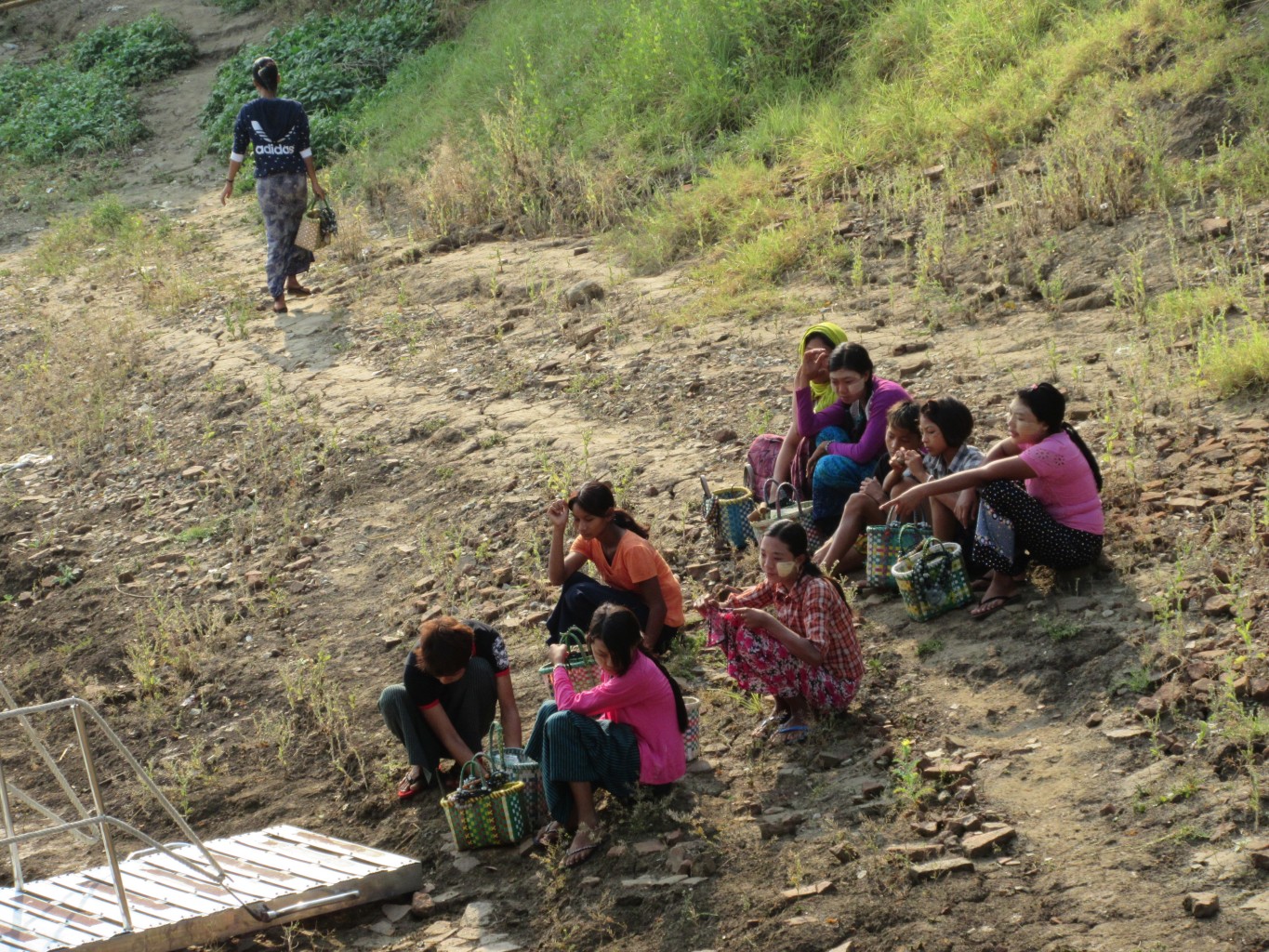
Eager souvenir sellers wait at the gangway. * Photo: Sheila Healey
Our Bagan-Mandalay Packet itinerary included two days on board at both ends and three days sailing the 110 miles of river in between, with nights moored along the banks. When tied up in Bagan and Mandalay, the captain would cruise up and down the Irrawaddy River at breakfast and dinner time to generate a welcome breeze for those outside on deck and offer more time to gaze at the pagoda-dotted landscape.
A local tour guide sails on board every Pandaw cruise and ours was San, a former teacher and a walking encyclopedia of Myanmar history and culture. He was thorough and conscientious, and during one Q&A session fielded questions about opposition leader Aung San Suu Kyi, corruption, human rights, and other taboo topics rarely broached in a country still cowed by the military. San answered the political questions honestly, but briefly. “We are moving forward, but the speed is very slow,” he told us.
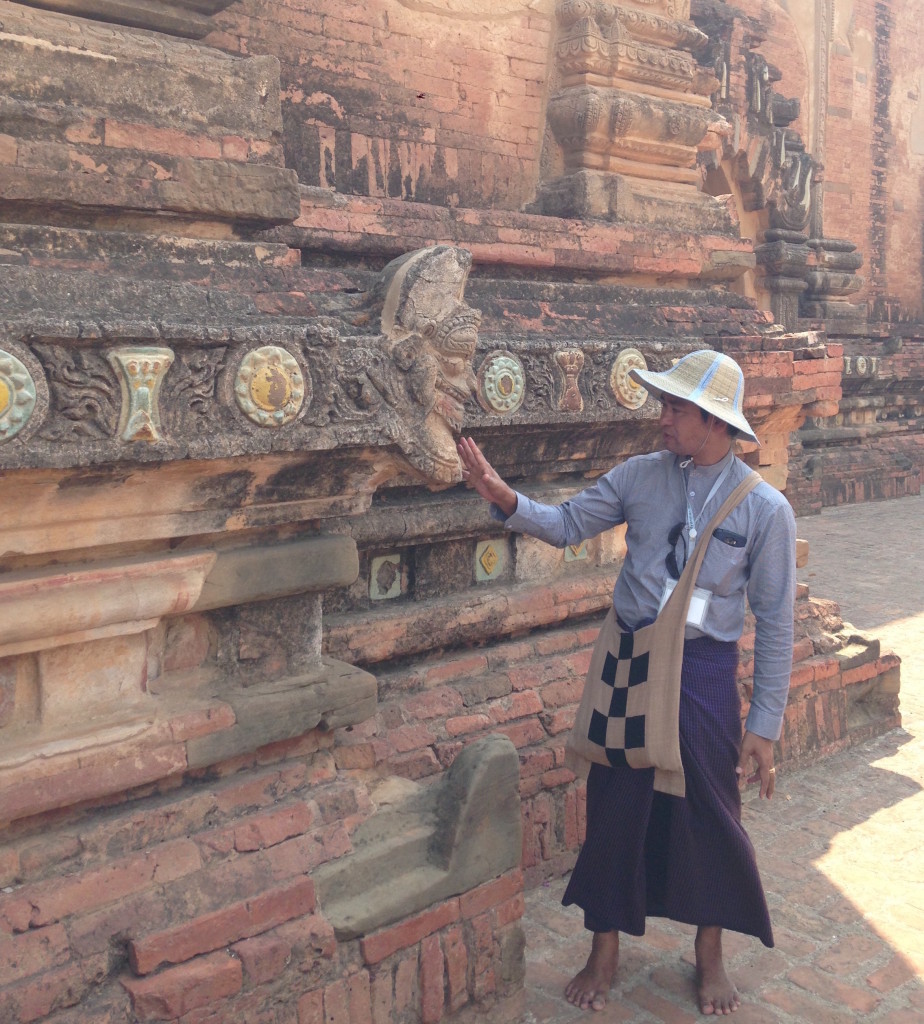
Our excellent guide San led all excursions. * Photo: Heidi Sarna
A Sea of Pagodas, Days 1 & 2
Bagan’s 2,000+ pagodas were just a 10-minute bus ride from our mooring, and it was like driving through a safari park, only the animals were ancient red brick monuments. They date back to Bagan’s Golden Age in the 11th to 13th centuries, when they were originally covered in stucco and gold leaf. Some looked similar to Egyptian pyramids, like the Dhammayangyi temple, while others such as the Mahabodhi temple looked more Indian, and the Thatbyinnyu and Shwegugyi temples conjured up Europe’s Gothic and Romanesque cathedrals.
From the tiers of one temple, we watched the glowing sun descend through the hazy twilight before disappearing over the horizon. It was supremely peaceful except for the insistent “you buy from me lady” and “remember me” chants of souvenir sellers trailing us with their armfuls of shawls, t-shirts, lacquer bracelets and pirated books.
For $7 USD (I bargained down from $12!), I bought a copy of Amitav Ghosh‘s excellent novel Glass Palace, an epic set in Myanmar in the 19th and 20th centuries and my constant companion for the week.
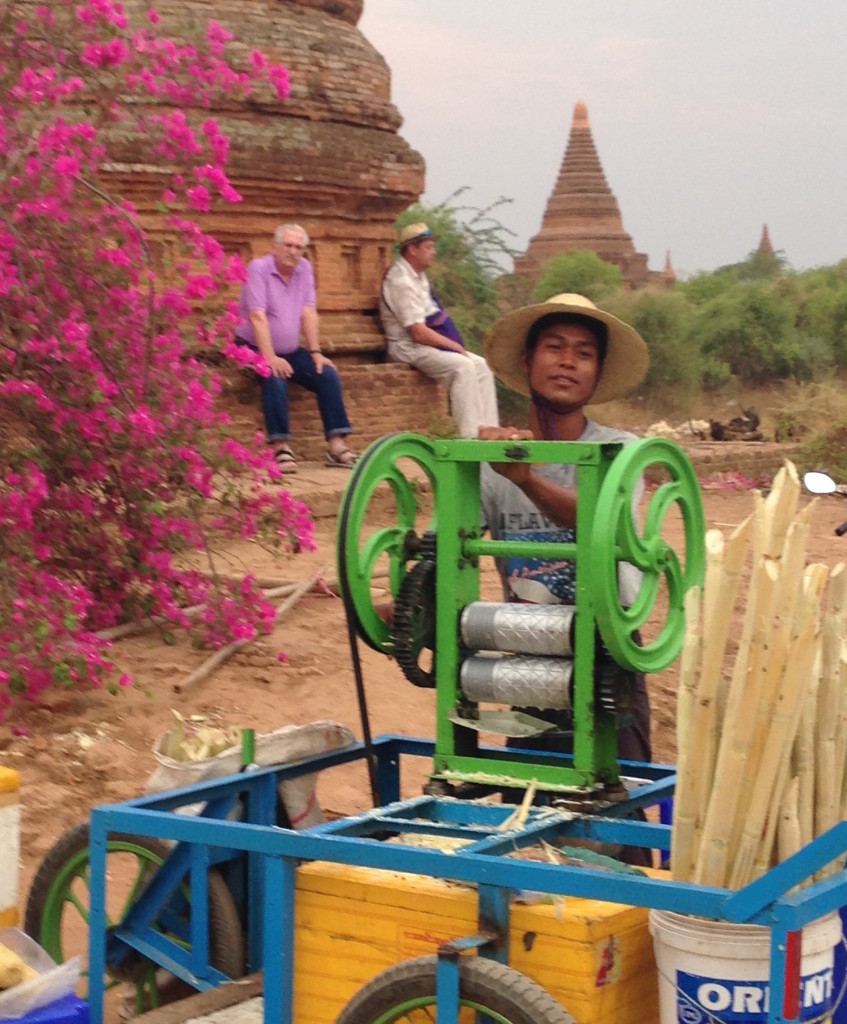
Fresh squeezed sugar cane juice in Bagan. * Photo: Sheila Healey
Villages Along the Way, Day 3
After two days in Bagan, we cruised upstream to Pakokku. On route to the town’s local markets, where we saw women stirring up batches of thanakha, the traditional Myanmar face paint made from tree bark, we gained a keen understanding of the meaning of Thingyan, the annual Buddhist New Year Water Festival.
As we traveled in a convoy of open-air tuk-tuks to the town, we were enthusiastically doused with hoses and buckets of water from smiling locals. Some of us purchased squirt guns to join in the fun and the water fights in the ensuing days turned out to be a great way to interact with the locals.
Though our visit to Pakokku was relaxed and low-key, in 2007 the town was the scene of the “Saffron Revolution,” when monks from the local monastery protested rising fuel prices and were brutally suppressed (some killed) by the military. It is considered the catalyst that started, albeit slowly, the reform process in Myanmar.
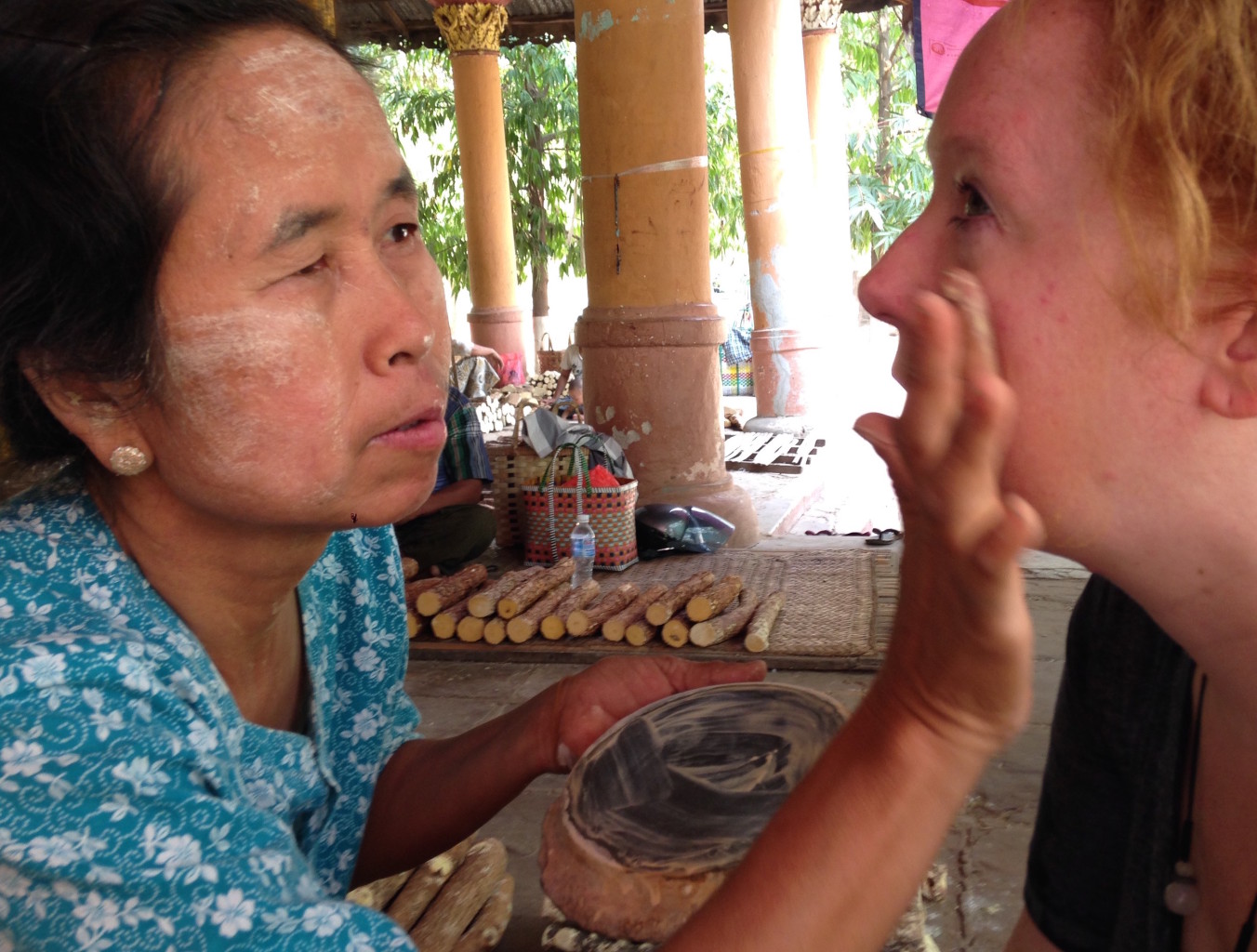
Local woman applying the traditional thanaka face paint still worn by many in Myanmar. * Photo: Heidi Sarna
Rural Homesteads on Day 4
On the fourth day, we sailed along the Irrawaddy River to Yandabo to visit a rural homestead where terracotta pottery is made. San took us into one home where the family shared tea and corn on the cob, making us feel like friends, not tourists. The village was where the Treaty of Yandabo was signed to end the first Anglo-Burmese war in 1826, concluding a long and expensive conflict with thousands of casualties.
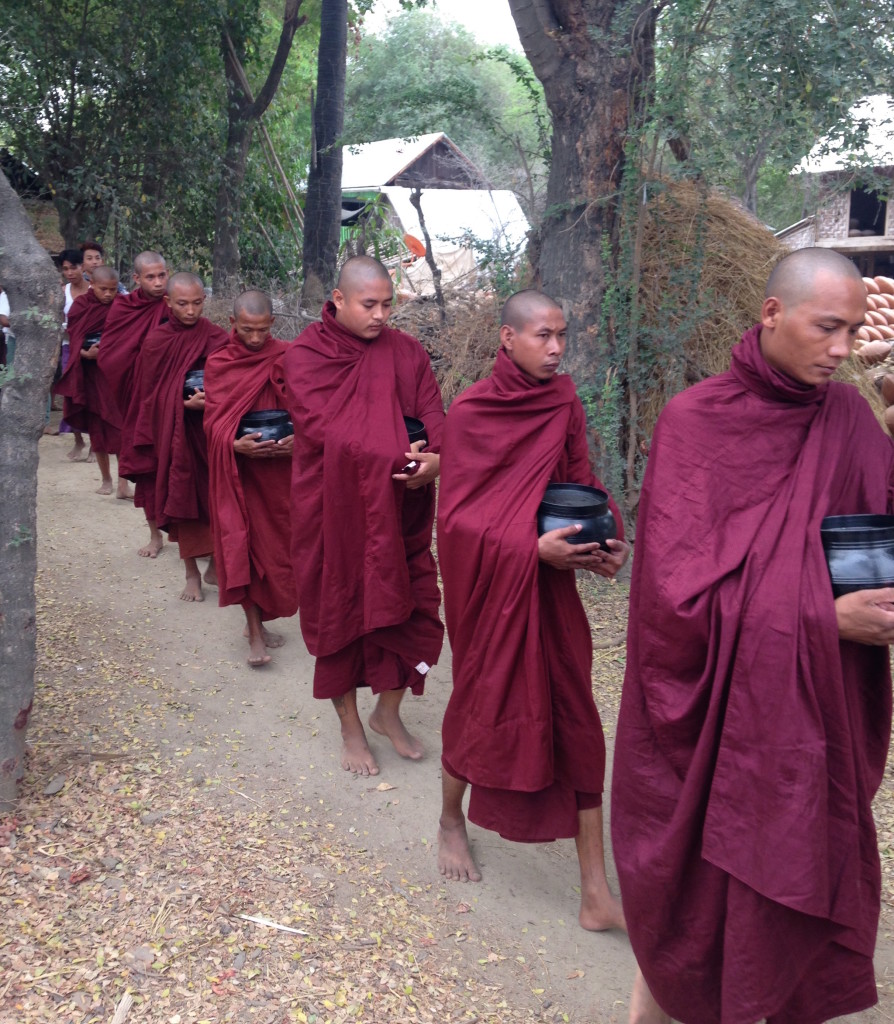
A procession of monks in the village of Yandabo. * Photo: Heidi Sarna
Colonial Corners on Day 5
The next day, it was a two-hour bus ride up to a quaint and noticeably cooler British Colonial hill station called Pyin Oo Lwin, or Maymyo. We passed mango orchards, rice fields, banana plantations and large humped white cows pulling ancient farm equipment through the earth. Though we did see young people in Mandalay clutching cell phones and clad in skinny jeans, for the most part Myanmar is still steeped in the past; large swathes of the country don’t have electricity and most men and women still wear traditional sarongs and paint their faces with thanakha.
We lunched in classic colonial bungalow housing a restaurant, drove past the old British Club and spent an hour walking around the town’s Botanical Gardens, dodging the occasional bucket of water hurled in our direction. San told us many things on the bus ride, including the fact that Ruyard Kipling, author of the well-known poem Mandalay, had never actually been to Mandalay, or Bagan or Yangoon for that matter. He only briefly visited Moulmein along the southeast coast, but yet for much of the world Kipling put Myanmar on the map.
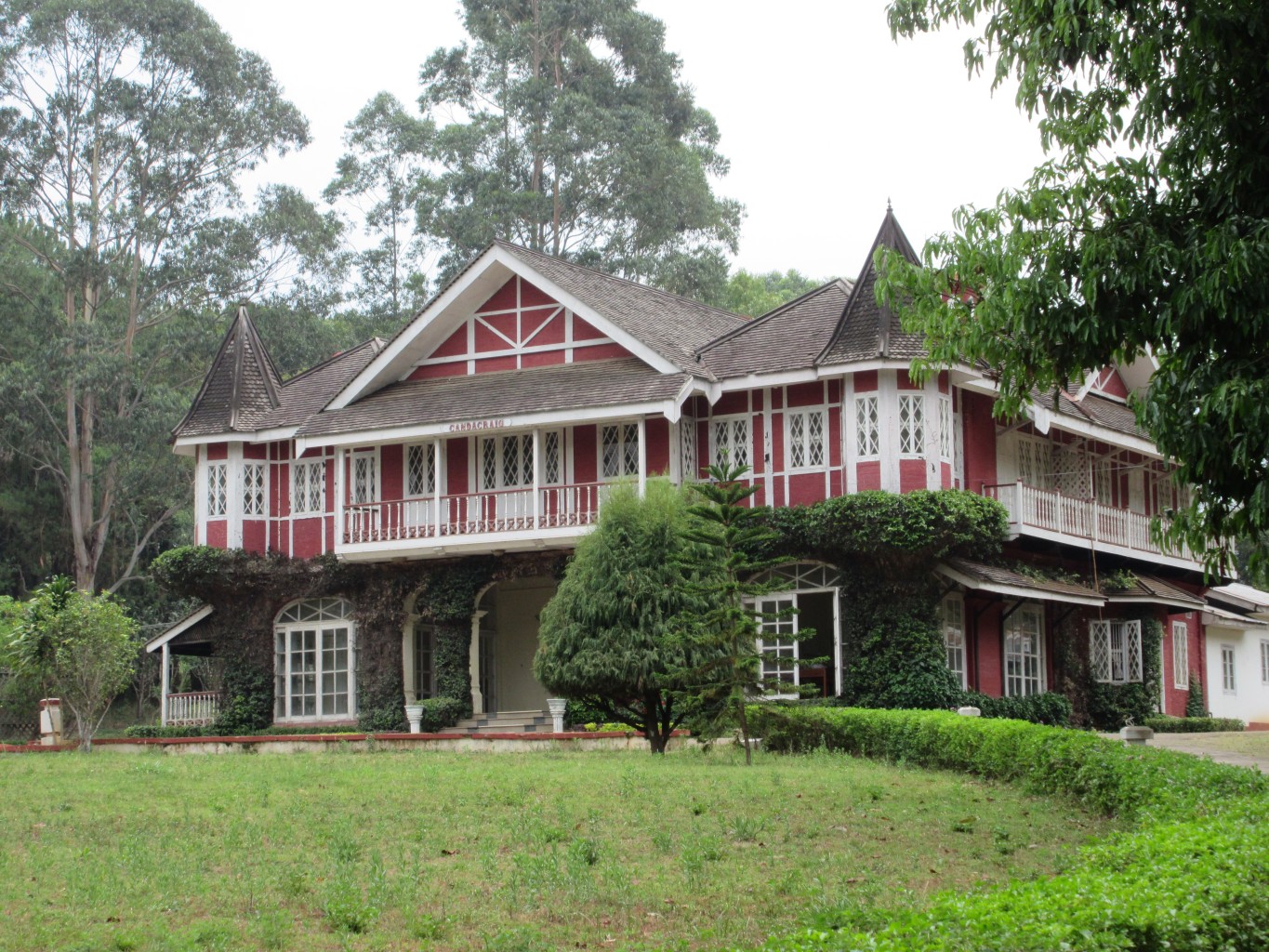
British colonial architecture. * Photo: Sheila Healey
Buddhist Treasures Near Mandalay, Days 6 & 7
The sixth day was spent exploring Sagaing, a hill on the outskirts of Mandalay covered in Buddhist monasteries, shrines and sanctuaries, and other nearby sites, from the rustic teak wood Shwe Nan Daw Kyaung monastery to the gleaming Mahamuni Pagoda covered in millions of squares of gold leaf (that only men are allowed to apply), and the massive ruins of the Mingun pagoda (some calling it the biggest pile of bricks in the world).
Then, by horse-drawn carriages, it was more of the same in the ancient capitals of Ava and Amarapura. My favorite place of them all was the hilltop U Min Thone Se Pagoda, also known as the Temple of 45 Buddhas, with its arc of white stone Buddhas in golden robes set beautifully in a hall of green tiles.
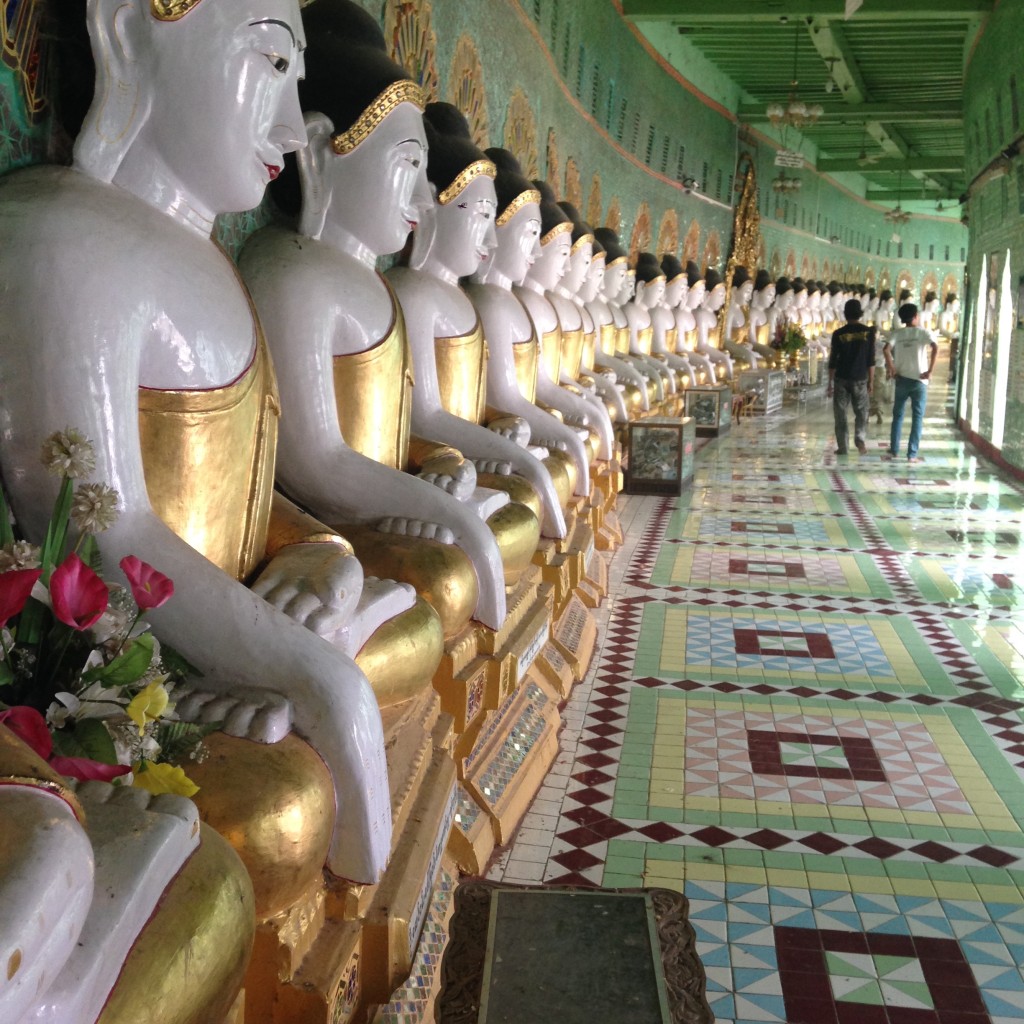
The stunning Temple of 45 Buddhas outside of Mandalay. * Photo: Heidi Sarna
When we weren’t on shore, Sheila and I favored the deck chairs at the bow with a glass of refreshing Myanmar beer in hand as we gazed at the gold and white peaks of stupas carpeting the landscape. Later, a group of us would meet at the bar at happy hour to sample the daily cocktail specials, moving to our tables only when summoned by the dinner gong.
Meals incorporated local ingredients and we especially enjoyed the chicken breast stuffed with tealeaves, acacia tree tempura, prawn curry, and Asian soups. One evening after dinner there was a traditional puppet show and on another a dance performance, but otherwise it was a nightcap on deck or retiring early to our cozy air-conditioned cabin to rest up for the next day’s adventures.
There were, thankfully, no TVs to distract us. Pandaw founder Scotsman Paul Strachan has always kept the focus on the destination.
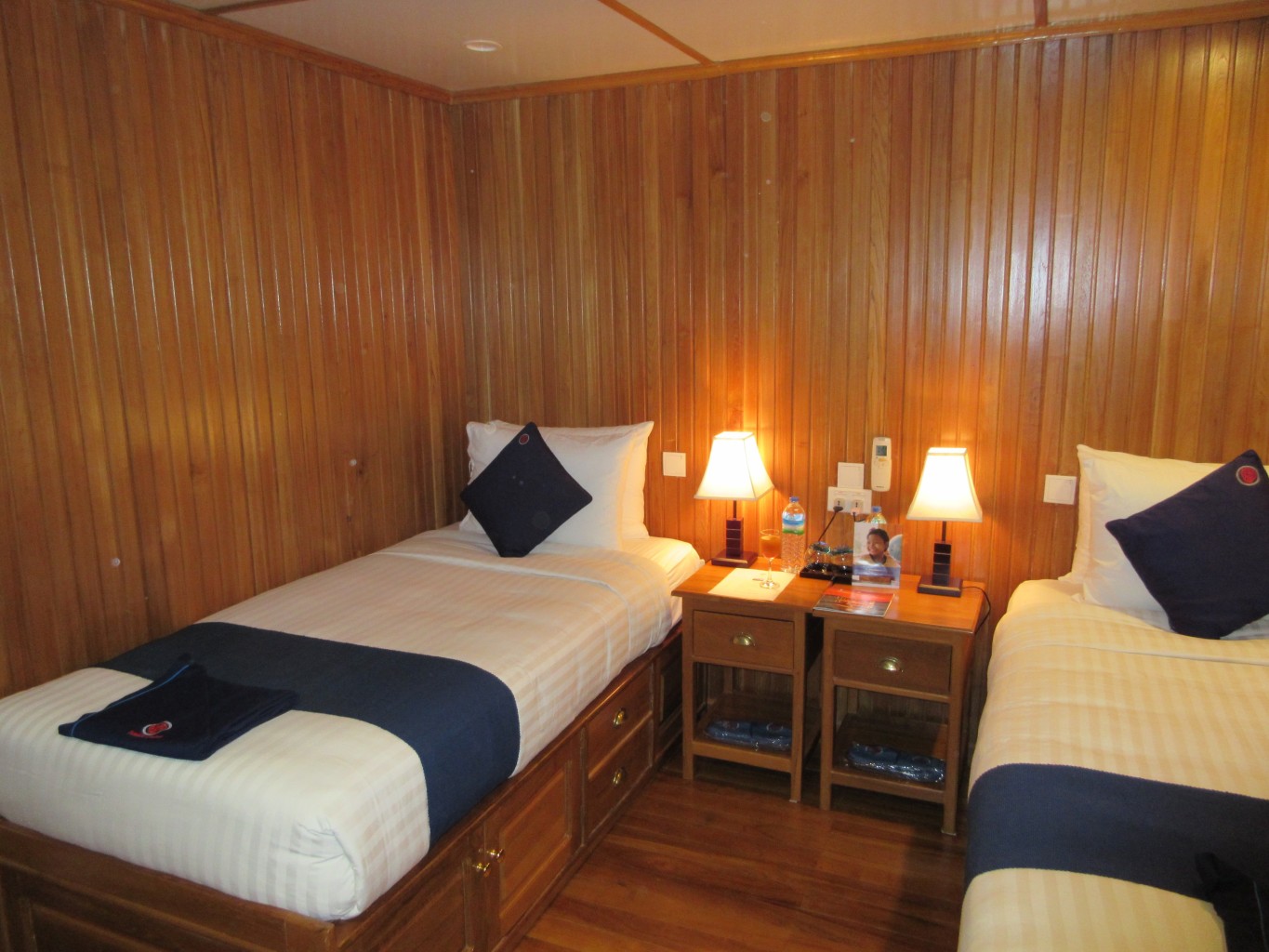
A comfortable Kalaw cabin, wood panelled and roomy. * Photo: Heidi Sarna
My Myanmar cruise was my third Pandaw river journey — the first was on the Mekong in Cambodia and Vietnam, and the second on Borneo’s Rejang River — and I’m already looking forward to the fourth, probably in the cooler, lusher months of October or November. I’m thinking Laos or maybe India, on the Brahmaputra. Let’s see.
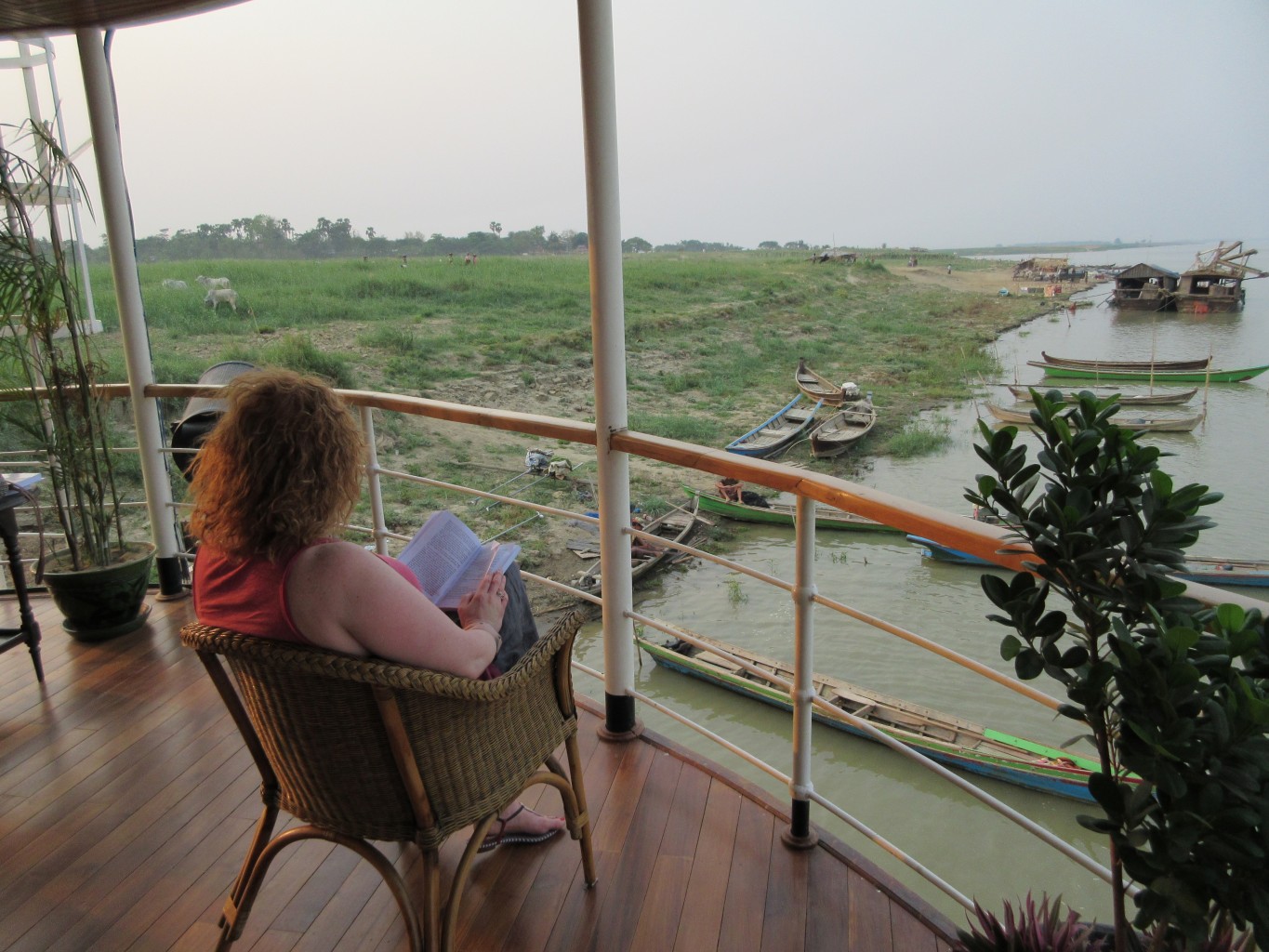
Quiet moments at the bow watching life on the river banks. * Photo: Heidi Sarna
Tips
Fares include meals, excursions, bottled water, and local soft drinks, beer and spirits. For more info click here for QuirkyCruise’s Pandaw line review or go to www.pandaw.com.
If you need to stay connected with the world, definitely buy a local SIM card for your phone as Internet connections in Myanmar are super weak (and often non-existent) on board and off.
Bring plenty of US dollars, ATMs often don’t work; Visa and Mastercard are accepted in big hotels and shops, but American Express is not. At local markets, Burmese Kyat is necessary, though souvenir hawkers at the major tourist sites happily take US dollars if they are crisp (faded, torn or written-on currency will not be accepted).
A Pedal in the Countryside near Mandalay
Before the cruise, we stayed two nights in Mandalay at the Hotel by the Red Canal, a cozy new hotel with traditional architecture, friendly service and perks like free happy hour drinks by the pool. As we’d be exploring the sites around Mandalay later once we boarded the Kalaw Pandaw, I signed us up for a 6-hour guided bicycle excursion with Grasshopper Adventures (Grasshopperadventures.com), an outfit I had cycled with before in Siem Reap, Cambodia, and in Thailand.
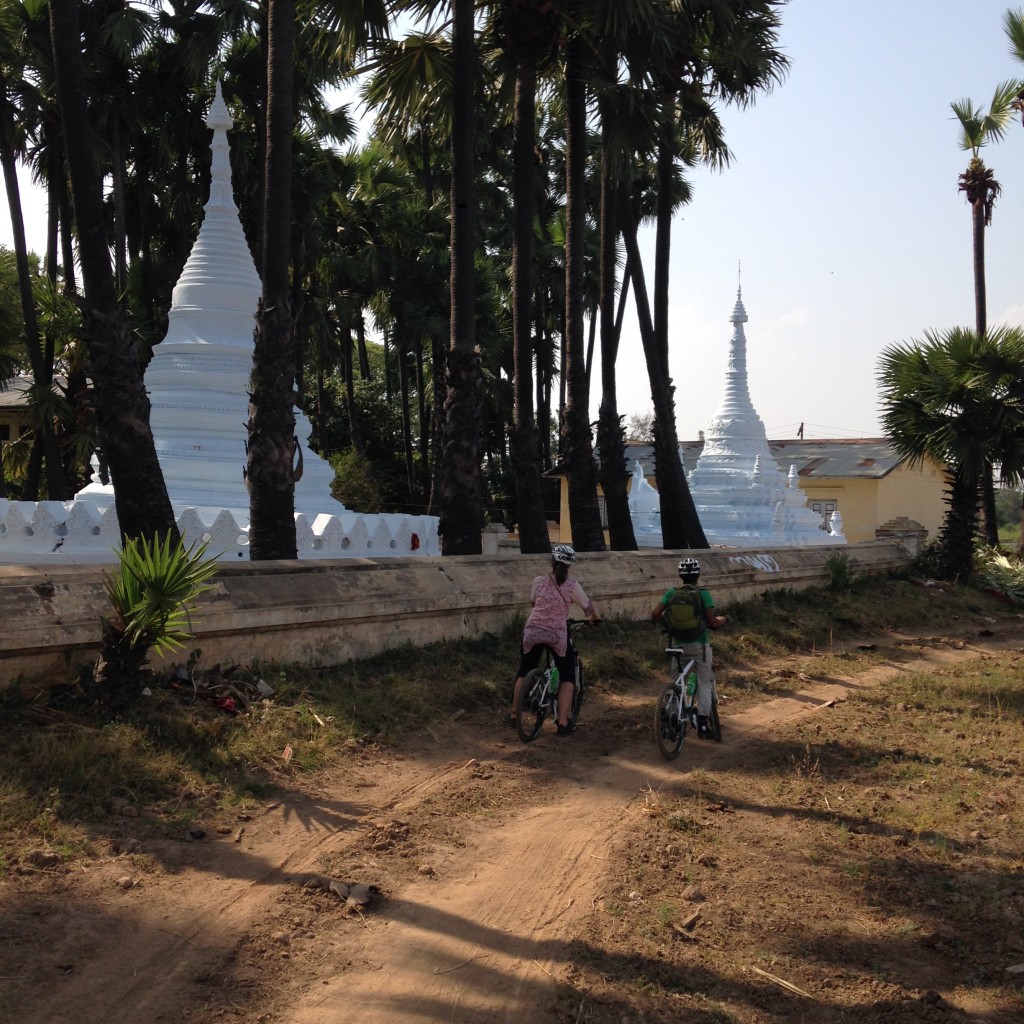
A guided bike ride on the outskirts of Mandalay with Grasshopper Adventures. * Photo: Heidi Sarna
Though boiling hot, it was an excellent way to see the countryside around Mandalay. We were driven to the edge of the city, then peddled for about 20 kilometers mostly along dirt roads through farmland and past old Buddhist monasteries including the teakwood the 1834-built Bagaya Monastery in the ancient capital of Ava and an early 19th-century British-built watch tower poking up from a field nearby.
Along the way we stopped to sample vegetable tempura being fried up at a roadside stall, and peeked in on small businesses making cheroot cigarettes and metal begging bowls for monks. For me, an avid cyclist, the excursion was one of the trip highlights.
Update (March 2021)
The Pandaw Clinics
From Pandaw ….
The situation in Myanmar has now broken down and shootings and other acts of violence by the military proliferate on the streets, not just of big cities, but every town and village in the country.
The Pandaw Clinics medical teams are actively providing medical aid to injured people in the Middle Burma towns and villages in which we operate. Our doctors are out with the demonstrators and ready to assist. Only yesterday they attended a sixteen-year old boy shot with a live round in his face at Pagan.
We have opened our seven clinics to offer medical assistance to all striking government workers at a time when government medical facilities have closed. We believe we are well placed with a long established non-governmental healthcare network to assist at this time.
We need all the help we can get and please donate now to buy urgently needed medical supplies. By doing this you can show your support for the Myanmar people’s struggle to regain freedom and democracy.
The Pandaw Clinics were set up in the wake of Cyclone Nargis in 2008 and the seven clinics treat 5,000 patients a month providing medication without charge.
All this is paid for by the generosity of Pandaw passengers.
The seven clinics treat 5,000 patients a month providing medication without charge.
![]()
© This article is protected by copyright, no part may be reproduced by any process without written permission from the author. All Rights Reserved. QuirkyCruise.com.

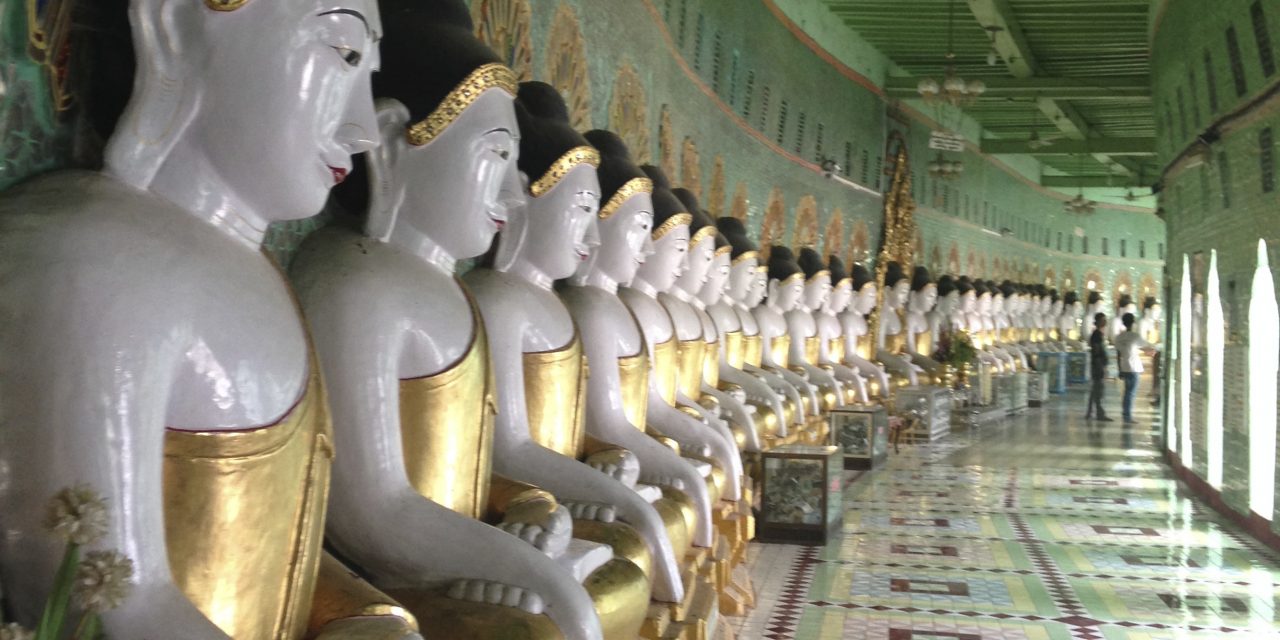
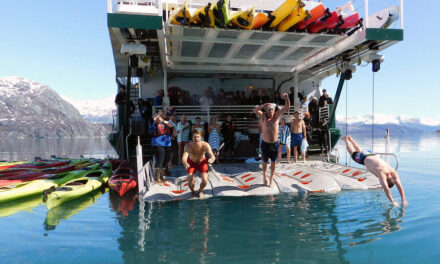

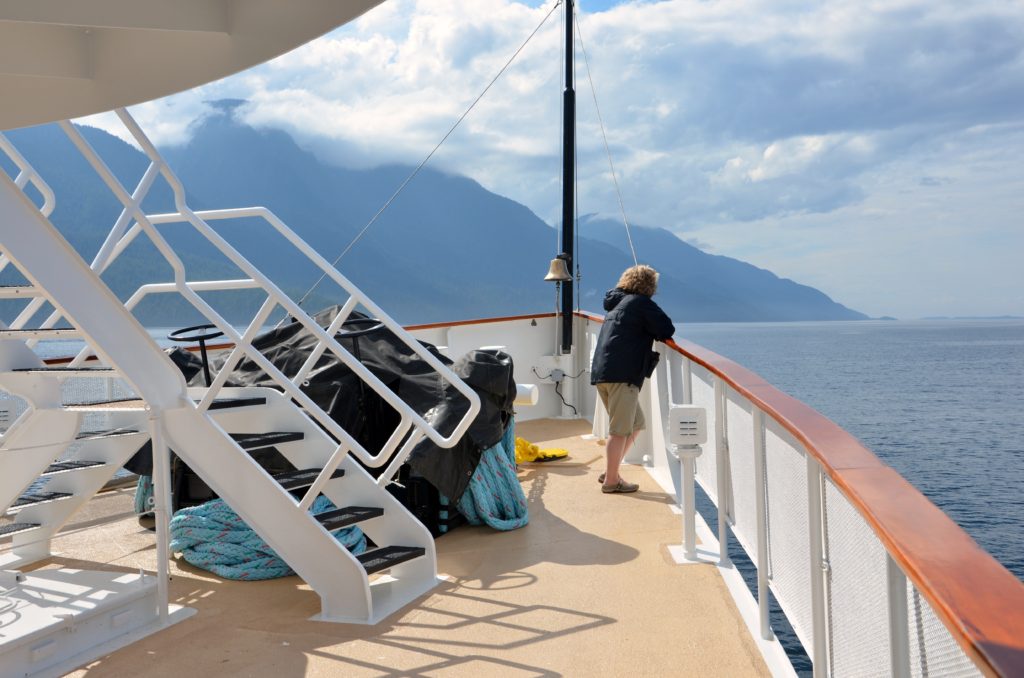
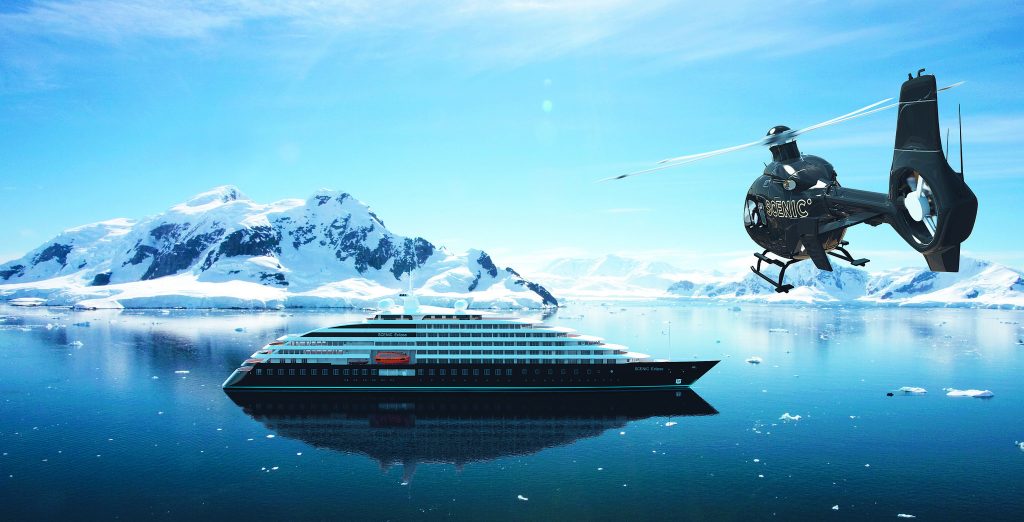
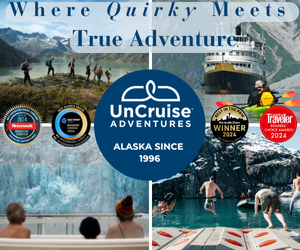
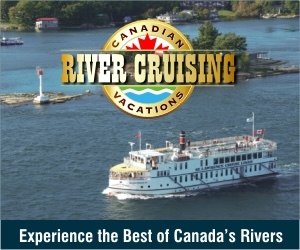






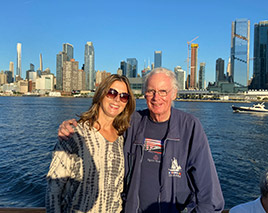 HEIDI SARNA
HEIDI SARNA
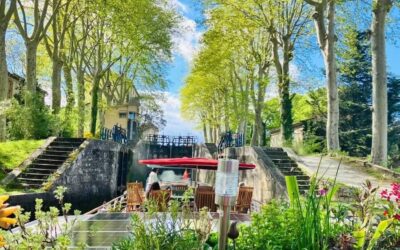
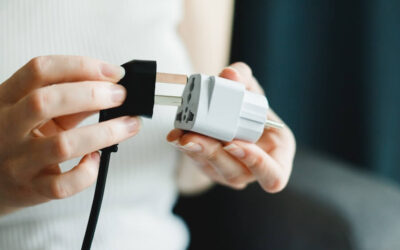

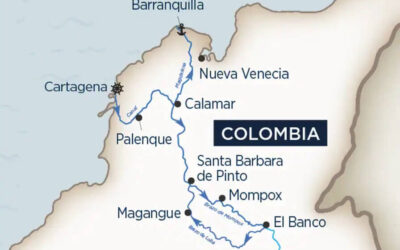
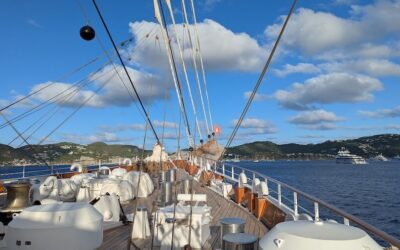
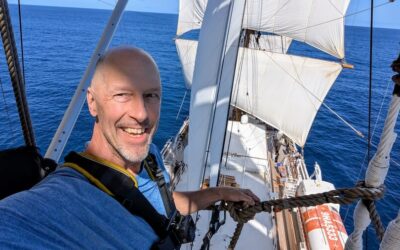
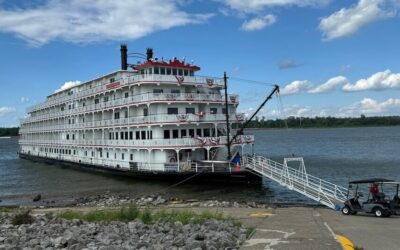
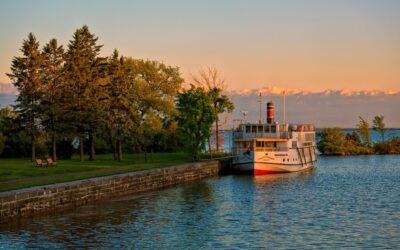
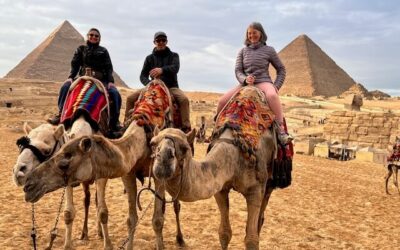
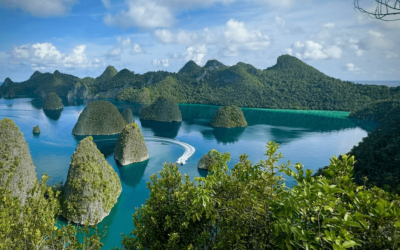
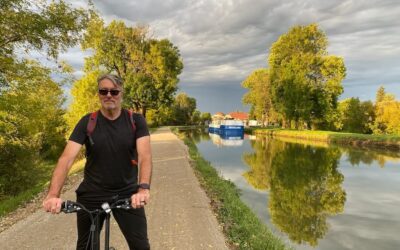

Wonderful Photos!
Lovely article, makes me want to go.
Looks wonderful. Must put on my To Go list!